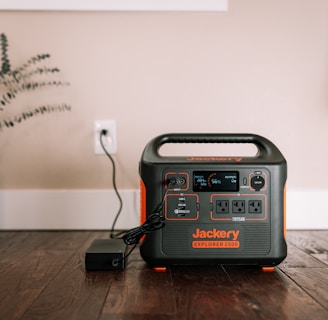Solar Energy Generator Guide
Learn how to choose, install, and maintain your home solar system to optimize energy efficiency and sustainability.
SOLAR GENERATOR
5 min read
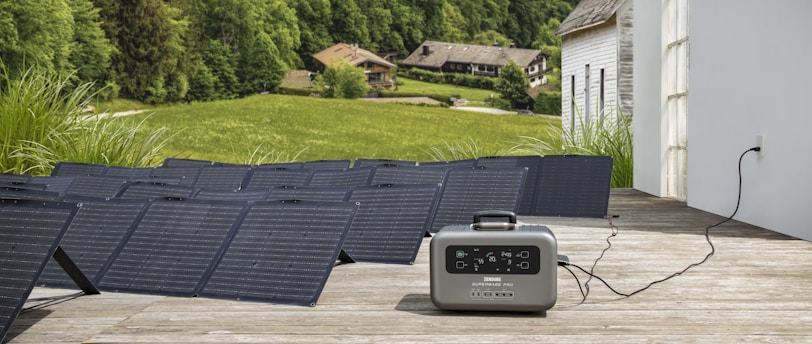

Here we cover the critical steps for selecting and installing a solar energy generator, along with maintenance best practices to ensure your home harnesses solar power with maximum efficiency. Discover the seamless integration of sustainable energy solutions into your everyday life, enhancing self-sufficiency and reducing environmental impact.
"An Inverter Is Necessary"
Solar Energy Generator Guide
In the quest for energy independence, solar energy generators emerge as a formidable ally for homeowners. These devices convert sunlight into electrical power, providing a renewable and often cost-effective alternative to traditional energy sources.
The core of a solar energy generator is the photovoltaic (PV) panel. These panels comprise numerous cells made from layers of silicon, phosphorous, and boron. When sunlight hits a PV cell, it frees electron particles, creating an electrical current captured by the solar generator's wiring. This current is direct (DC), and most home appliances run on alternating (AC) current, necessitating the use of an inverter within the system.
Choosing the right solar generator starts with understanding capacity and power requirements. The generator's wattage rating should align with the energy demands of your household. For instance, a system that includes a refrigerator, lighting, and other small appliances typically requires at least a 4,000 to 6,000-watt generator. Assessing battery storage is also crucial; batteries store excess power for use during low-light conditions. Lithium-ion batteries are preferred for their longevity and efficiency.
We Recommend This Solar Generator Here for a quick solar generator and cell setup.
The installation of a solar generator entails strategic placement and proper wiring. Panels should face true south in the Northern Hemisphere to maximize sunlight exposure. Installers must also ensure the system complies with local codes and grid connection requirements, if applicable.
Installation Process
Installing a solar generator involves several key steps:
Site Assessment: Determine the best location for the solar panels, usually a south-facing roof in the Northern Hemisphere for maximum sun exposure.
System Sizing: Calculate the total energy usage of your household to decide on the size of the solar generator needed.
Mounting the Panels: Secure the panels to the roof using mounting hardware that meets local building codes and is appropriate for your specific roof type.
Wiring: Panels are connected in series or parallel to an inverter, which converts DC electricity into AC for home use. Proper wiring is critical for safety and system efficiency.
Inverter Connection: The inverter must be connected to the home's electrical panel and, if necessary, to the grid.
Battery Storage: If the system includes battery storage, the batteries must be safely installed and connected to the inverter.
Final Inspection and Testing: Once installed, the system should be inspected by a professional and tested to ensure it is operating correctly.
For a successful solar generator installation, one must:
Obtain Permits: Before installation, ensure you have all necessary local permits, which may require submitting system plans and specifications.
Choose Quality Components: Invest in high-quality solar panels, inverters, and batteries to maximize system longevity and efficiency.
Professional Installation: While some components can be DIY-installed, professional installation is recommended, especially for electrical components, to ensure safety and compliance with local regulations.
Ensuring Successful Installation
Installation Considerations
Selection Criteria
Solar Energy Generators: Harnessing Efficiency for Home Use
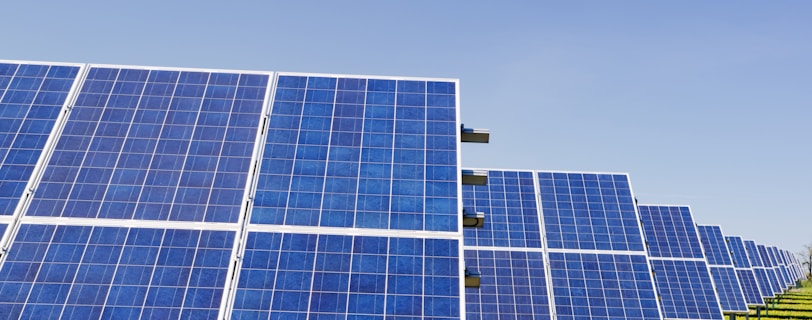
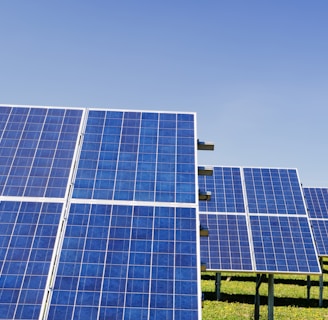
Solar Generators on Amazon
Managing Wiring for Your Home Solar Energy Generator
When it comes to integrating a solar energy generator into your home, proper wiring is not just a matter of efficiency, but of safety and longevity as well. The wiring process connects your solar panels to the inverter and then to your home's electrical grid, necessitating a clear understanding of the flow of electricity and the components involved.
Solar panels typically come with MC4 connectors, which are weatherproof and designed for easy connection. Panels are wired in series or parallel depending on the desired voltage and amperage. Wiring in series increases the voltage, aligning with the inverter's input specifications, while parallel wiring increases the amperage. It's crucial to use the correct gauge of wire, as specified by the National Electrical Code (NEC), to handle the expected current.
The inverter, the heart of your system, converts the DC electricity generated by the panels into AC electricity that can be used in your home. The wiring from your solar panels to your inverter must be properly insulated and secured, running through conduit for protection from the elements and potential damage. Grounding the system is essential to protect against electrical surges and to ensure safe operation.
For battery-based systems, additional wiring connects the inverter to the battery bank. This requires careful consideration of the battery type and the inverter's specifications to ensure compatibility and safety. Overcurrent protection, in the form of fuses or circuit breakers, is also mandatory to prevent excessive current that can lead to overheating and potential fires.
When managing the wiring for your solar energy generator, it's advisable to work with a certified electrician, especially if you are not familiar with electrical systems. A professional can ensure that all connections are secure, the system meets local electrical codes, and that the overall setup is optimized for both performance and safety.
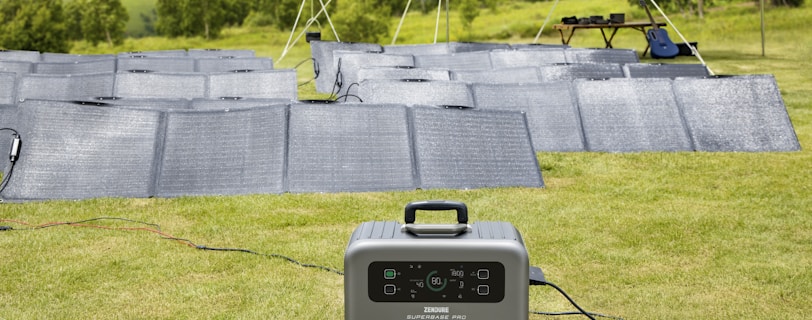
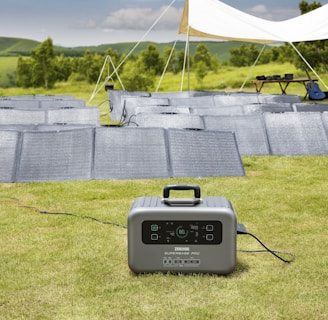
For our Article on Wind Turbines
If Interested in Survival and Electric Setups
Choosing the Right Solar Generator: Key Considerations and Top Brands
When shopping for a solar generator, key factors to consider include power output, measured in watts, to ensure it meets your energy needs, and battery capacity, which determines how long the generator can supply power without sunlight. Additionally, portability, the type of inverter integrated into the system (pure sine wave inverters are preferable for sensitive electronic devices), and the availability of expandable storage options are crucial to match specific requirements and scalability.
Among the top contenders in the market, Goal Zero stands out for its user-friendly Yeti series, boasting a range of models that cater to varying power needs, from charging gadgets to powering entire homes during outages. Jackery, another leading brand, offers the Explorer series with its compact design and efficient power solutions, ideal for outdoor activities and emergency backup. Both brands have established a reputation for reliability, durability, and excellent customer support, making them popular choices among consumers looking for quality solar generators.
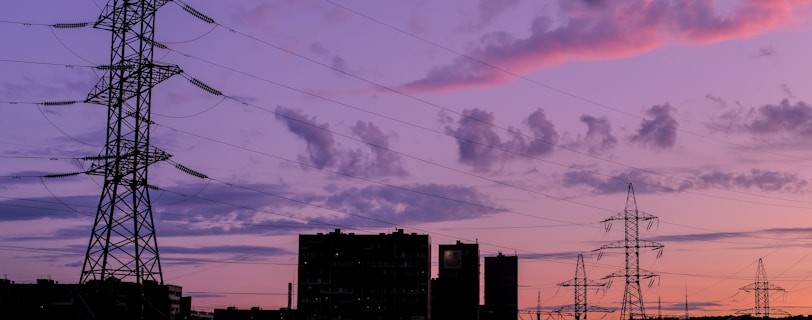
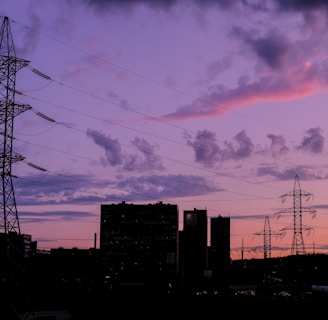
We Recommend This Solar Generator Here for Home Electric Backup.
To support our work, we may earn a commission when you buy through links on our site. As an Amazon Associate, I earn from qualifying purchases.
Cookie Notice: Our website uses cookies to enhance your browsing experience. By continuing to use our site, you agree to our use of cookies. If you wish to manage your cookie preferences, you may do so in your browser settings.
To support our work, we may earn a commission when you buy through links on our site. As an Amazon Associate, I earn from qualifying purchases.This page may contain affiliate links, which means if you click through and make a purchase, we may receive a commission at no additional cost to you. This helps support our research and editorial team.




